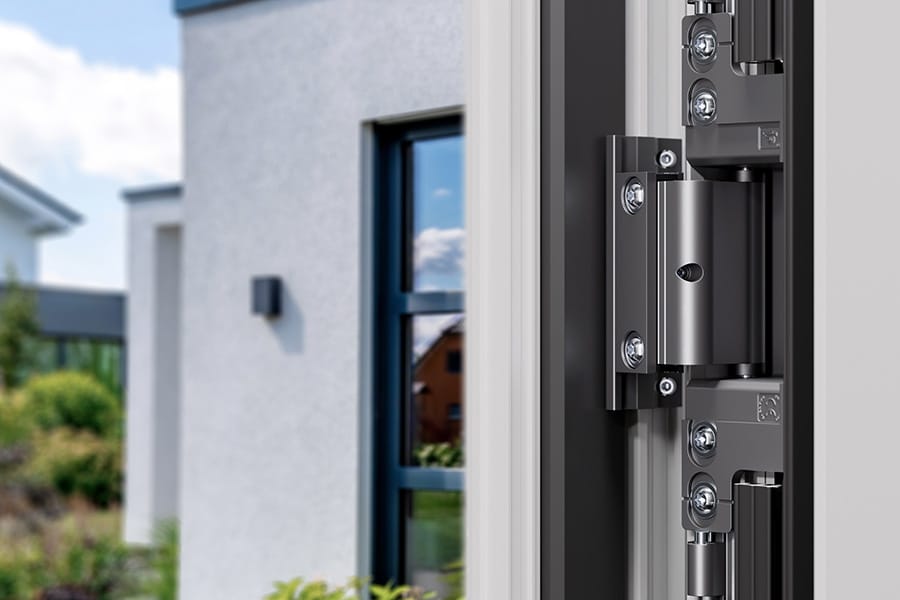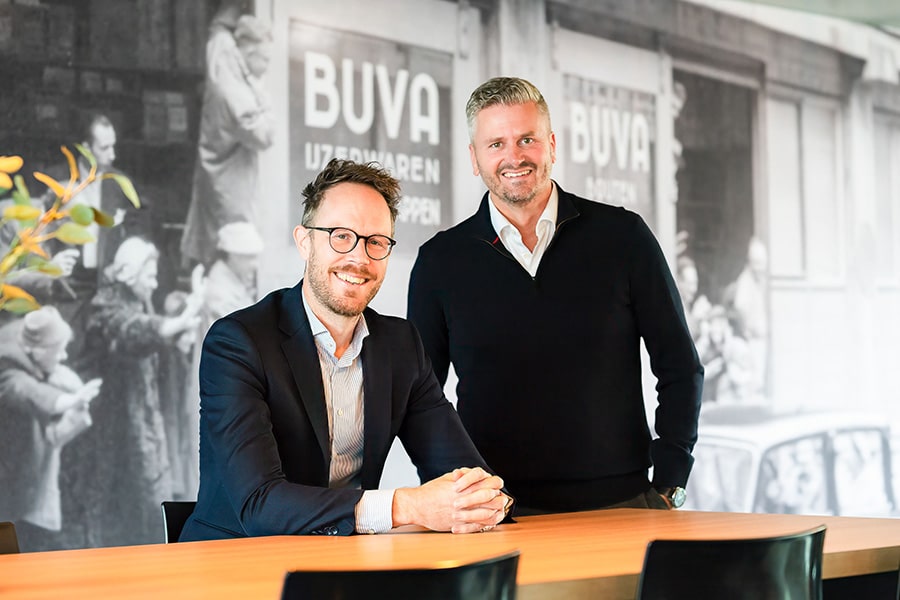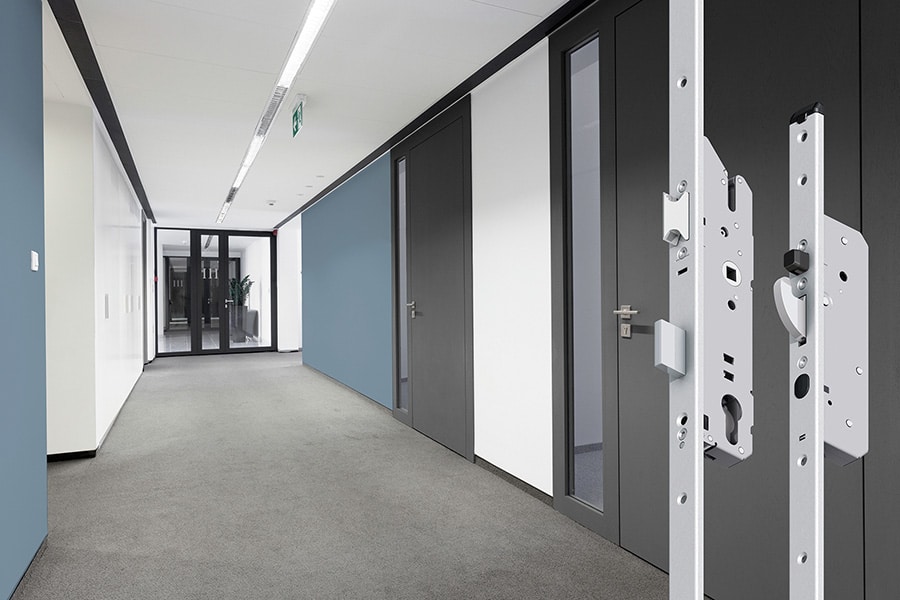
The split of (facade) construction?
'Circular products in construction are not always healthy for humans!'
Do we realize that in many cases the pursuit of planetary sustainability endangers human health...? A painful split, then. For the construction industry. For the Netherlands. For the world. Very good that organizer C2C Bouwgroep stimulated the conversation about this during a dazzling conference in Hoofddorp in March.

grouse: circular building materials can be unhealthy for ... humans!
Before the break there were four speakers and after the break there was an extensive round of debates. In this article we pick out a few highlights, such as the presentation by Vince Limpens (C2C Bouwgroep / EPEA).
In any case, he was clear. "What are the (health) effects of using certain materials in construction? And, how urgent is it to perhaps change direction on this. Because, if a building incorporates the wrong materials - which are admittedly sustainable - it affects people's constitution. The quality of their decisions goes down, people who work there even lose IQ points due to the influence of those materials causing wrong choices to be made. So circular products are not necessarily always healthy materials!"
According to Limpens, this insight may even herald a limitation to scaling up the circular economy. "After all, we still know too little; we will have to start investigating effects. It is high time to start identifying risks. I therefore advocate to start using much more defined materials with which you can pursue a positive footprint in all sorts of areas: so also in the interest of human health."
Speaker Erik Roerdink (The Black Dog) next argued for more recyclability of cities. "So we will not only look at buildings individually but will have to see much more the connection. Think about a stop on demolition and then see if we can give buildings other functions. For the future, there lies a design task for architecture there: we need to think more from that multifunctionality." According to Roerdink, this means that especially the construction - as the largest component - needs to be addressed. "I don't think the biggest gain is in the facades."

DEBAT
After lunch, the audience was challenged. For example, already with the first proposition: "You should only choose more expensive healthy materials if you can pass it on in full to the customer! The majority of those present disagreed with the proposition. A number of the debaters thought it was fair to settle for a slightly lower margin, but which would allow you to use better materials. Yet some of the participants also felt that you should not want to charge for everything. The pursuit of sustainability does not always have to be expressed in monetary terms.
No one escapes laws and regulations. For example, are too many regulations getting in the way of using healthy materials? That was what the second debate was about. There was no real consensus because while there was agreement that rules regarding the pursuit of a more circular economy could be stricter, the "other side" argued at the same time that many rules actually hinder innovation and freedom of choice.
No, the goal was not to arrive at ultimate solutions at this conference. But it did get the conversation going. This will undoubtedly have a sequel!




